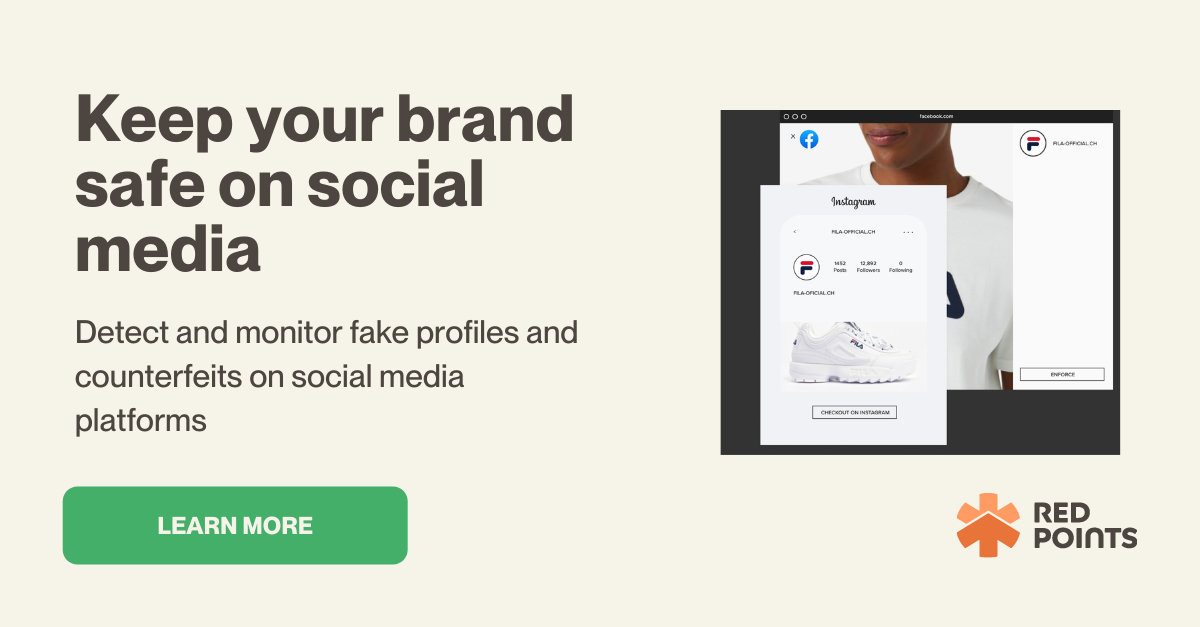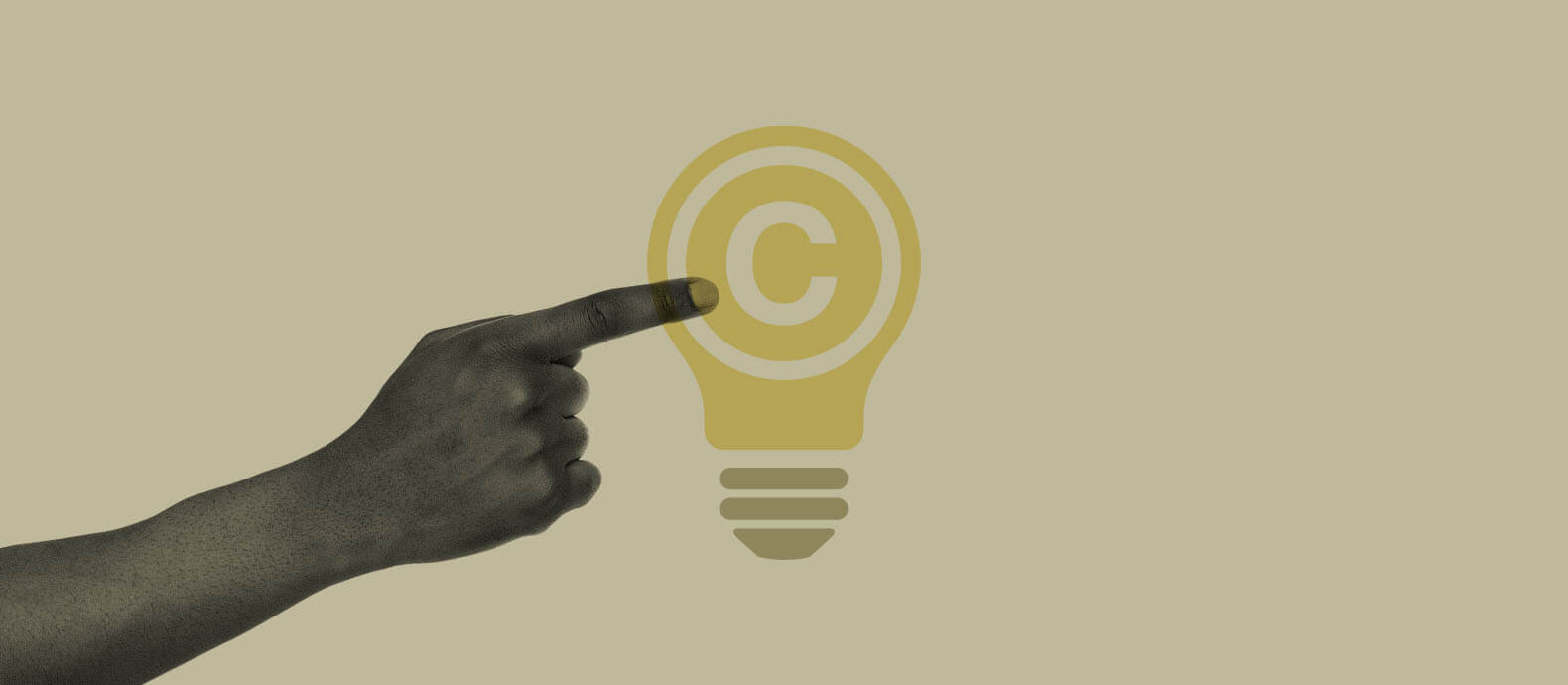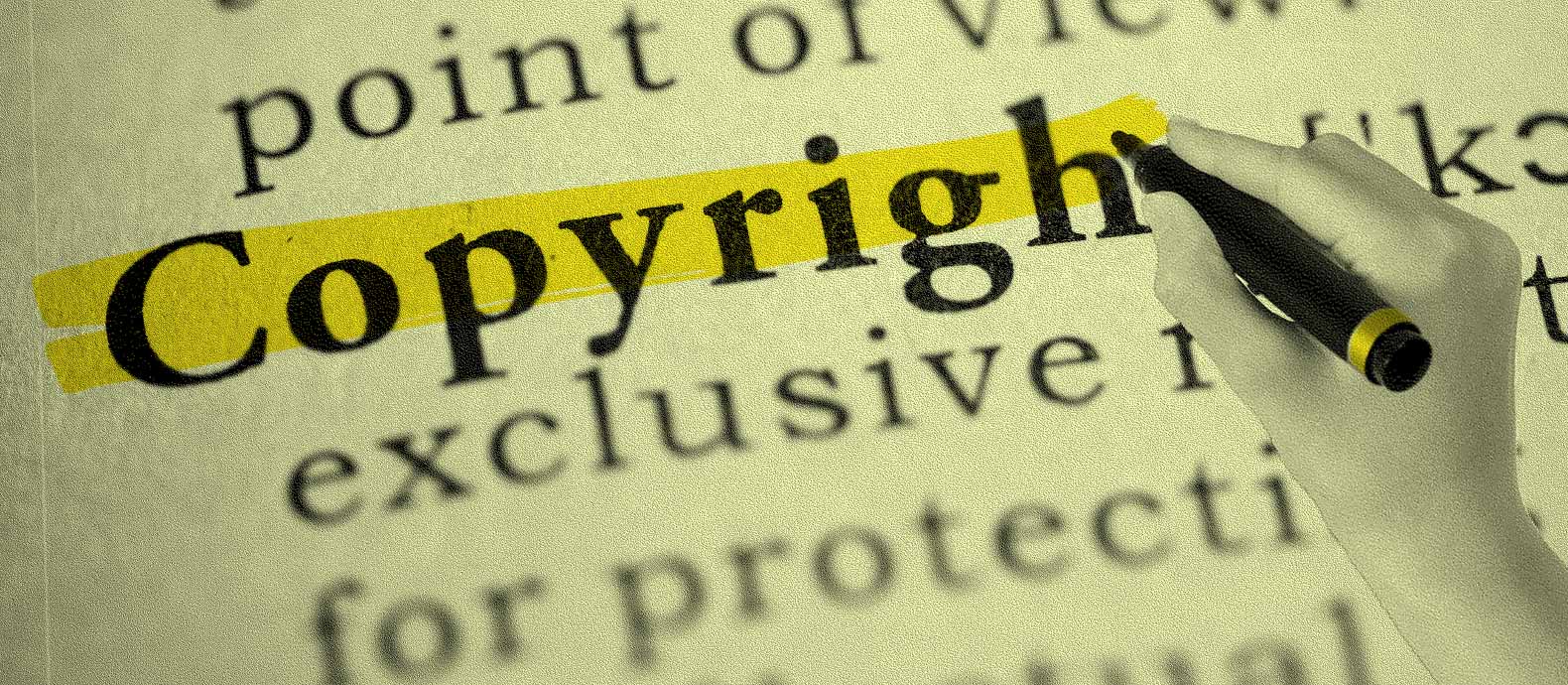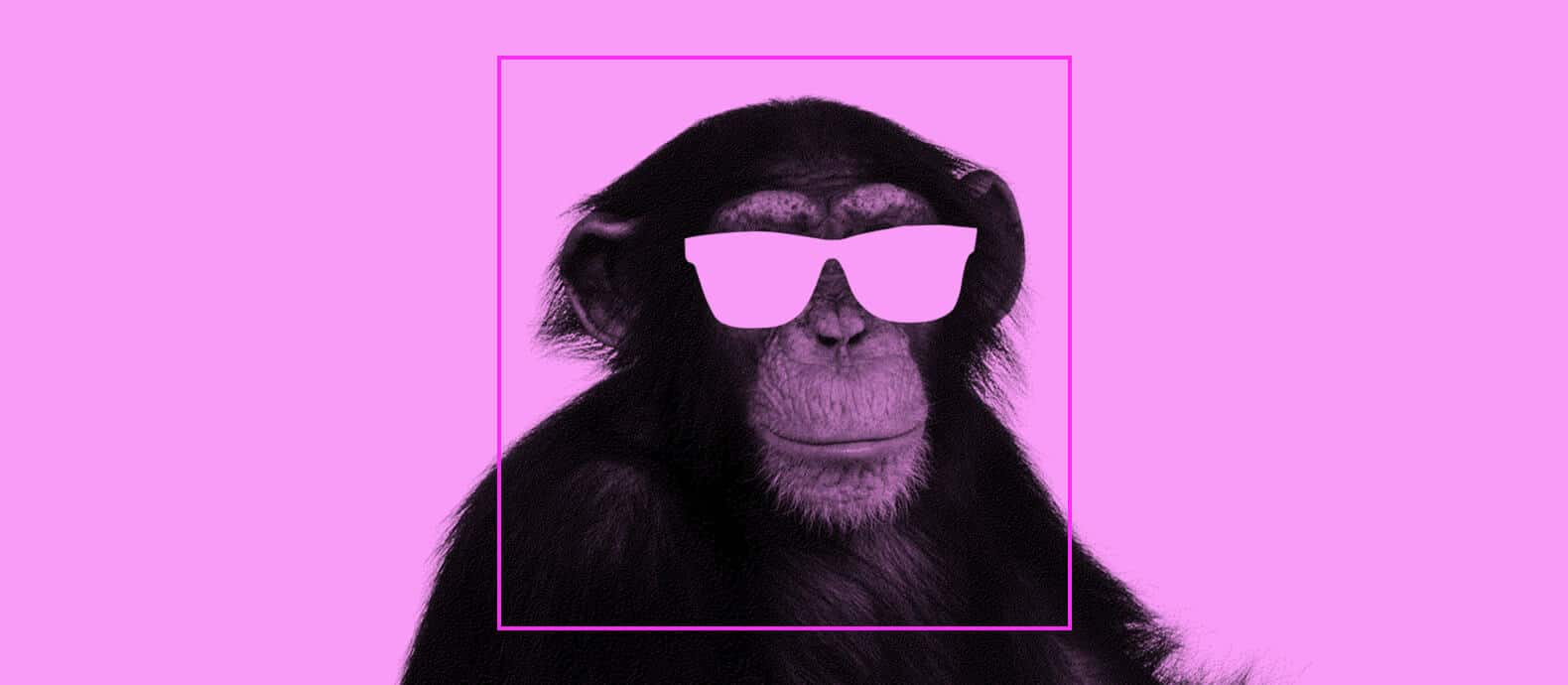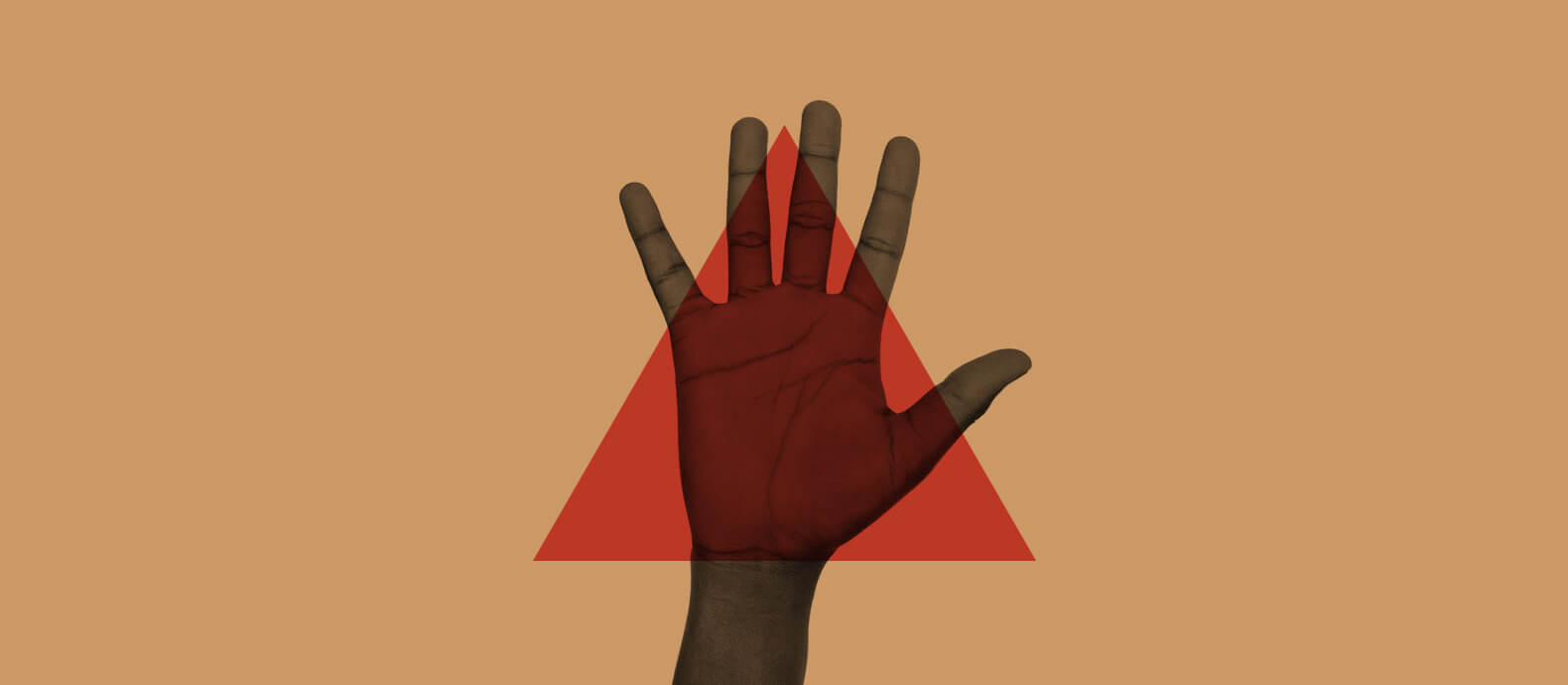Authors, artists, and even brand owners should understand how important it is to exercise their rights as owners of their work. You could say that most creators spend their blood, sweat, tears, and time, on their work, so it is only fair that they are able to control the rights regarding the use and distribution of their original intellectual creations.
This is exactly what copyright concerns itself with, and it is also what we are going to discuss in today’s article.
Specifically, we will cover what a copyright is and what it protects, how it can be used to protect an idea, what the steps are to copyright an idea, and how else copyright infringement can be prevented to safeguard one’s original works.
What is a copyright and what does it protect?
Copyright is the legal protection extended to the author of an original work. It is also referred to as “author’s right” because it works to protect the rights of authors over their original literary, artistic, or even scientific, creations. There is no exclusive list as to what works a copyright covers, but these range from:
- Books and other writings.
- Musical works.
- Paintings, sculptures, and other works of art.
- Architectural works.
- Drawings (both technical and creative).
- Films and advertisements.
- Photographic works.
- Websites and software.
- Computer programs and mobile applications.
When we speak of “legal protection” with respect to copyright, it does not mean an absolute prohibition against others’ use or enjoyment of the work. The aim of copyright law is to balance the interests of the creators, and the rights of the public regarding their access to such original creations.
What are the steps to copyright an idea?
Expression
It is important to note that an idea, in itself, is not protectable by copyright. It is only when an idea is expressed in a literary, artistic, or scientific work (e.g. writing a book about a particular concept) can it be considered an intellectual property covered by copyright. That said, the first step to copyrighting an idea is to actually express it, after which you can claim copyright protection. (Remember: Copyright protects the expression, not the idea.)
Registration
Another important point to keep in mind is that copyright exists from the moment of creation. In other words, the exclusive rights granted to the author as a copyright owner exist from the time the work is created. However, a copyright owner can choose to strengthen the protection of the copyright by registering the work with the proper legal authorities. Doing so not only establishes a claim with the U.S. Copyright Office, but it also allows the author to enforce their rights in case of copyright infringement.
In essence, copyright registration involves the following:
- A complete and valid application (in-person or online through the U.S. Copyright Registration Portal).
- A non-returnable deposit of the work is to be registered.
- Payment of a non-refundable filing fee.
To note, the effective date of registration is not the date of filing of the application but actually the date that the U.S. Copyright Office receives all the above-mentioned requirements. Hence, it is crucial that the copyright owner submits all required elements, in proper and acceptable form, before his work is considered registered.
Monitoring
A creation that has been successfully registered with the U.S. Copyright Office is not guaranteed full protection. Persons may still break the law by using or producing copyright-protected material without the permission of the owner. Therefore, as a copyright owner, it is important that you are able to effectively track any incidents of copyright infringement and exercise your rights as the owner of the copyrighted material.
Tracking copyright infringement may be done manually, which tends to be labor-intensive, or it can be automated through the use of copyright infringement detection software that can monitor the entire web.
What must be done to prevent copyright infringers?
As a copyright owner, there are courses of action available for you in order to prevent copyright infringers from illegitimately using, reproducing, or distributing your work.
For one, once there is sufficient evidence of copyright infringement, you can choose to send the perpetrator a copyright infringement notice. This notifies said infringer that you are aware of the act of infringement and directs them to take down the stolen content or to stop any such other acts of violation of the copyright.
Another option is to file an infringement suit in court, which, again, is available only to copyright owners who chose to register their work with the U.S. Copyright Office. Here, you may be able to seek statutory damages, attorney’s fees, or any other settlement you feel entitled to.
Ultimately, however, situations of infringement can only be helped when the copyright owner is aware that their copyright is being infringed. Thus, it is crucial that you, first and foremost, are able to detect copyright abuse effectively, anywhere and online.
What’s next?
This discussion on how to copyright an idea essentially highlights the importance of exercising your rights as the creator and owner of an original work. For e-commerce brand owners, in particular, copyright works also to safeguard your brand, much like a trademark, but this time by protecting your database, website, and all the creative content therein.
For a cost-effective and stress-free copyright protection approach, Red Points is here to offer its services, track copyright infringement, and enforce your copyright through our automated copyright infringement detection software.
See how your brand can benefit from Red Points’ copyright infringement detection software today!
